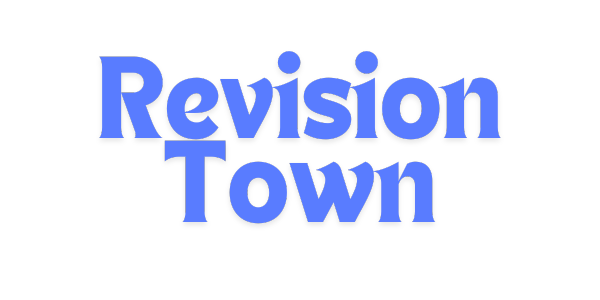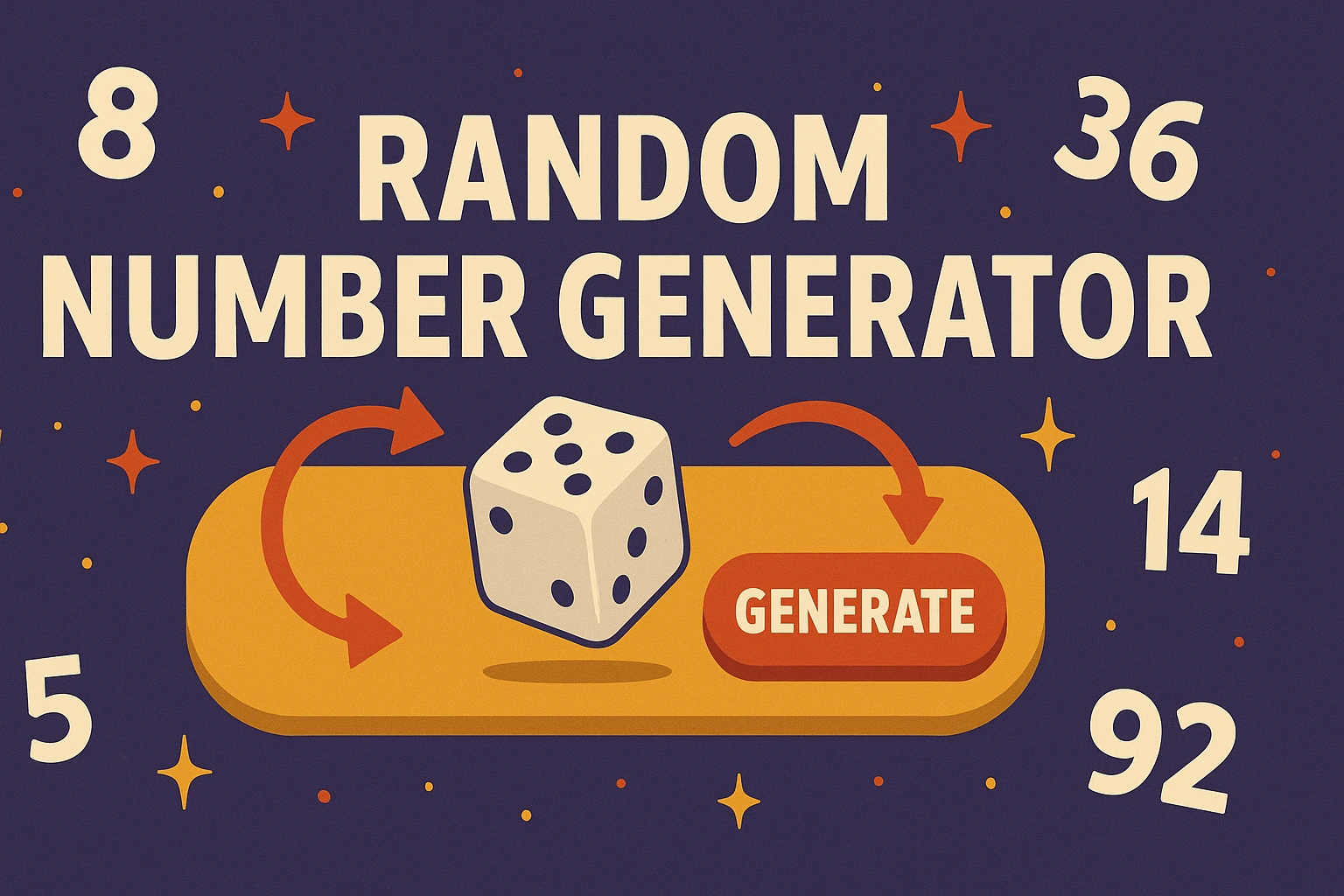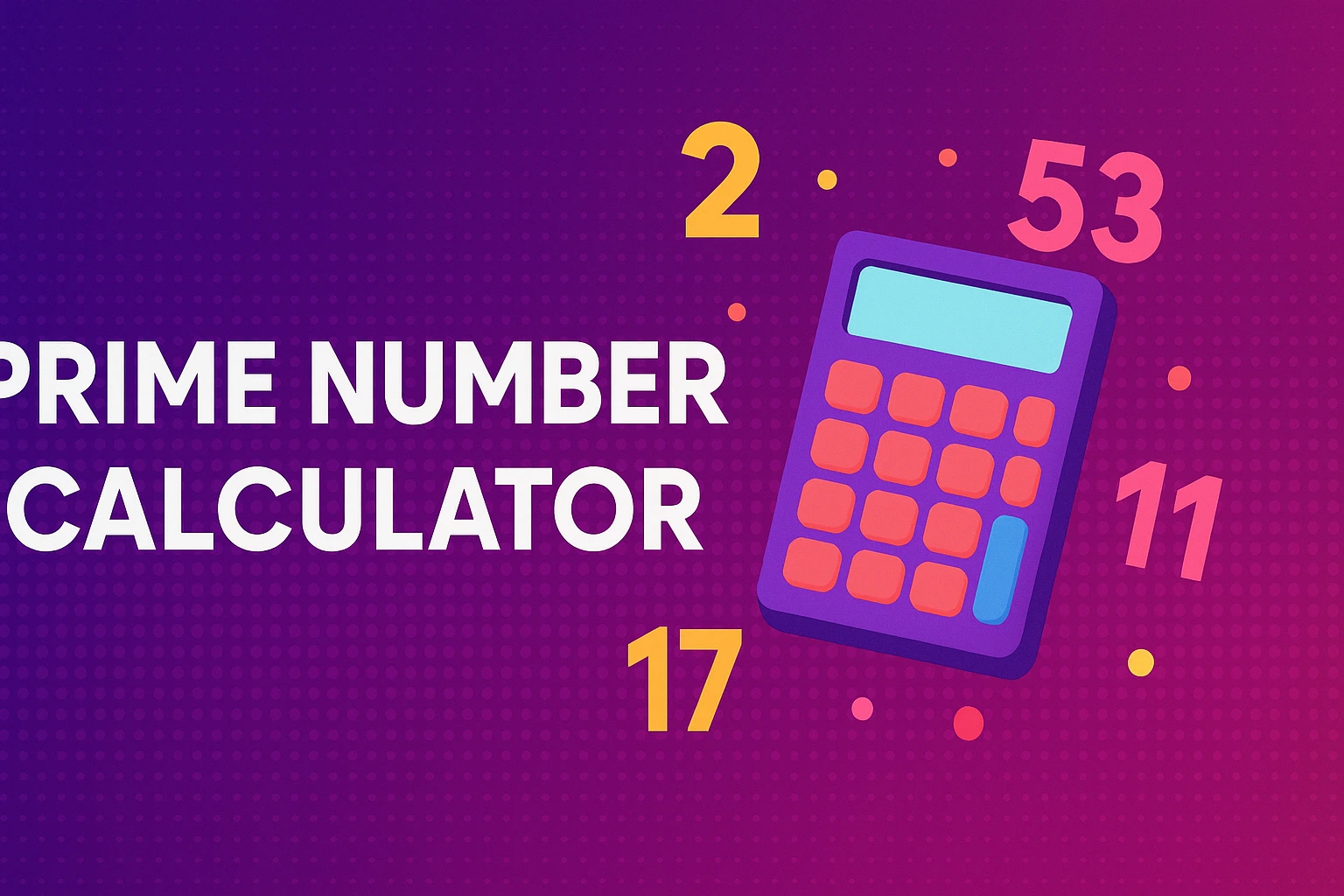Common Core Science Standards Guide (2025): How to Teach Three-Dimensional Science With Clarity, Rigor, and Joy
The one-minute reality check
“Common Core science standards” is a phrase that shows up everywhere, but it’s not quite accurate. The Common Core State Standards (CCSS) were written for English Language Arts (ELA) and Mathematics—not science. What most schools actually use for science content are either the Next Generation Science Standards (NGSS) or a state’s own science standards that are NGSS-like (same big ideas, slightly different wording).
So, when educators say “Common Core science,” they typically mean this combo:
NGSS (or your state’s NGSS-style science standards) for content, practices, and performance expectations.
CCSS literacy in science and technical subjects for reading, writing, speaking/listening about science (argumentation, research, vocabulary).
CCSS math connections for quantitative reasoning and data work inside science units.
This guide is your practical 2025 roadmap to that ecosystem—how to design 3-D lessons, assess fairly, support all learners, and report progress transparently—without turning science into a worksheet factory.
Part 1: NGSS 101—what lives where (and why it changed everything)
Three dimensions (3-D learning)
NGSS organizes science into three intertwined dimensions:
Science & Engineering Practices (SEPs) — what scientists and engineers do
Asking questions/defining problems
Developing and using models
Planning and carrying out investigations
Analyzing and interpreting data
Using mathematics and computational thinking
Constructing explanations/designing solutions
Engaging in argument from evidence
Obtaining, evaluating, and communicating information
Crosscutting Concepts (CCCs) — ideas that cut across all sciences
Patterns
Cause and effect
Scale, proportion, and quantity
Systems and system models
Energy and matter
Structure and function
Stability and change
Disciplinary Core Ideas (DCIs) — the big ideas in each discipline
PS: Physical Sciences (matter, motion, forces, waves, energy)
LS: Life Sciences (ecosystems, heredity, evolution, structure/function)
ESS: Earth & Space Sciences (Earth systems, weather/climate, universe)
ETS: Engineering, Technology & Applications of Science
Performance Expectations (PEs) braid these 3 dimensions. They don’t ask students to recite facts; they ask them to use core ideas with practices and crosscutting concepts to make sense of phenomena or solve problems. That’s the shift.
Progressions by grade band
NGSS lays out K–2, 3–5, 6–8, 9–12 progressions. Each band advances sophistication—not by repeating the same labs with harder numbers, but by deepening models, data reasoning, and systems thinking.
Part 2: Where Common Core fits (and doesn’t)
CCSS ELA—literacy in science
You’ll use CCSS ELA standards whenever students:
Read scientific texts, diagrams, and data displays
Write CER (Claim–Evidence–Reasoning) explanations and lab reports
Craft arguments from evidence (this overlaps with SEP: argumentation)
Present findings, listen, and ask questions in seminars/talkbacks
Think of CCSS ELA as improving the language of science—how students interpret sources, justify claims, and communicate clearly.
CCSS Math—quantitative backbone
You’ll routinely draw on CCSS Math for:
Ratios/proportions (rates of reaction, population change)
Functions/graphs (motion, energy transfer, climate trends)
Statistics/probability (variation, error, reliability, sampling)
Modeling (fitting lines/curves, interpreting residuals)
Rule of thumb: Plan the science first (phenomenon, PEs, storylines), then plug in just the math and literacy you need to make the science thinking visible and solid.
Part 3: Designing a modern science unit—start with a phenomenon, end with public sense-making
Step A: Choose an anchoring phenomenon (or a problem to solve)
Pick something observable, puzzling, and consequential. Examples:
Why did a local lake bloom bright green late last summer?
How can a low-income neighborhood reduce extreme heat impacts?
Why do some buildings sway safely in earthquakes?
Step B: Unpack target PEs and build a 3-D matrix
List the exact NGSS-aligned PEs, then map which SEPs and CCCs you’ll emphasize at each phase. Pair with DCIs and identify CCSS ELA/Math supports.
Step C: Draft your storyline
A storyline is a logical arc where each lesson answers a piece of the driving question, reveals a new puzzle, and pushes students to revise models. Keep the cycle:
Engage with phenomena and elicit initial ideas
Investigate/model (hands-on, simulations, field data, data dives)
Make meaning (whiteboards, gallery walks, sense-making discussions)
Apply (new context, engineering design, case comparison)
Argue/communicate (CER writing, presentations, posters)
Step D: Build coherent assessments
Formative checks: quick models, exit tickets, mini-whiteboards, claim/evidence statements
Performance tasks: lab investigations with design choices, public-facing briefs, community proposals
Culminating task: students construct an explanation or design a solution for an audience beyond the classroom
Step E: Plan for equity & access from the start
Provide multiple representations (visuals, gestures, sentence stems, translated supports)
Separate academic progress from behavior/work habits in your gradebook
Give structured talk moves so multilingual learners can contribute ideas early (and in home language when helpful)
Part 4: Sample 4-week storyline (middle school Earth & life science integration)
Anchoring phenomenon: The city experienced back-to-back heat waves; certain neighborhoods recorded temps 6–10°F higher than others (urban heat islands).
Target PEs (illustrative):
MS-ESS2 (weather/climate systems, energy at Earth’s surface)
MS-ESS3 (human impacts, risk management)
MS-LS2 (ecosystems, resource availability)
ETS (design solutions, constraints)
Week 1 — Why is it hotter there?
Elicit prior ideas; analyze thermal images & street maps (canopy, albedo, built surfaces).
SEP: Analyzing data; CCC: Cause & effect; Math: ratios, graphing.
Quick model: “Surface type → energy absorption → local air temp.”
Week 2 — Mechanisms & feedbacks
Investigations: Measure temps of materials; explore evapotranspiration with plants; simulate shade effects.
SEP: Planning/Carrying out investigations; Modeling; CCC: Energy & matter; Systems.
Initial CER: Which factors most drive neighborhood differences?
Week 3 — Ecosystem & human dimensions
Read short case studies (tree equity, heat & health, water use).
ELA: citing evidence; SEP: Obtaining/evaluating information.
Argue for the relative weight of factors (impervious area vs canopy vs building form).
Week 4 — Design & communicate
Team design proposals (shade structures, cool roofs, pocket parks).
ETS: criteria/constraints, trade-offs; CCC: Stability & change.
Public share: poster session or video brief to city partners; students defend choices with data.
Assessment:
Formatives: annotated maps, data tables, model revisions.
Culminating: Proposal + oral defense → rubric aligned to SEPs/CCCs + CCSS ELA (argument writing, speaking/listening).
Part 5: Fair assessment & grading—evidence beats averages
Standards-based grading (SBG) in science
Don’t bury learning under points for supplies or speed. Track proficiency by standard:
Use a 0–4 scale with descriptors (Foundational → Proficient → Advanced)
For each PE (or bundle), collect multiple evidence artifacts
Use a recency/consistency rule (median of last 3; or decaying average) so growth counts
Convert proficiency → transcript letter only at reporting time, with a published table (e.g., 3.5–4.0 = A; 3.0–3.49 = B; etc.)
What good rubrics look like (short example)
SEP: Developing & Using Models (Grade 7)
4: Model shows components & interactions; includes energy flows or mechanism; predicts outcomes under altered conditions and justifies changes.
3: Model shows components & basic interactions; explains the current phenomenon with evidence.
2: Model lists components but interactions are partial; explanation is generic or inconsistent.
1: Model fragments; minimal linkage to phenomenon; explanation absent.
Publish rubrics, show exemplars, and let students revise.
Part 6: Inclusion, multilingual learners, and special education—what actually works
UDL from the ground up: multiple ways to access content (videos with captions, tactile models, bilingual glossaries), express ideas (draw/model, speak, write, record), and engage (choice of phenomena/problems).
Language scaffolds: sentence frames for argumentation (“Our claim is… Evidence shows… We reason that…”), word banks with visuals, and partner talk before whole-group share.
Culturally responsive phenomena: pick problems that matter locally—water quality, air sensors, food systems—so every student sees their community’s reality reflected.
Assessment flexibility: allow oral defenses, video explanations, or annotated models as valid evidence toward a PE, then store that evidence in portfolios.
Part 7: Lab safety, materials, and field science—practical 2025 notes
Maintain up-to-date safety data sheets, PPE protocols, chemical storage logs, and heat/cold safety practices for field work.
Choose low-cost, high-sense-making setups (household materials, microbits/sensors-on-loan, community science kits).
For field data, partner with local parks, watershed groups, or city agencies; teach ethics and data privacy when collecting community information.
Part 8: Technology, data, and AI—useful, not gimmicky
Sensors & simulations
Use low-cost data loggers or a shared cart for temperature, CO₂, pH, photometers.
Pair with simulations (molecular motion, climate patterns) to link the micro and macro.
Data science moves
Build in data cleaning, visualization, and model critique.
Emphasize uncertainty and what conclusions are justified.
Generative AI (be intentional)
Let students use AI to brainstorm variables, generate multiple model sketches, or suggest controls—then require them to verify with evidence and cite what they accepted or rejected.
Grade the reasoning and choices, not who wrote the cleanest paragraph. Process artifacts matter.
Part 9: Vertical alignment—what changes by band
K–2 (curiosity + observation)
Lots of firsthand phenomena: pushes/pulls, light & sound, plant needs, weather patterns.
Models are drawings/gestures; arguments are short and oral.
Literacy: labeled diagrams; listening/speaking frames.
3–5 (models get teeth)
More system language, simple quantitative comparisons, and data tables.
Literacy: short evidence paragraphs; reading about natural hazards, life cycles, simple heredity.
6–8 (mechanism and scale)
Causal explanations become central; students analyze larger data sets and run multi-variable investigations.
Literacy: multi-paragraph CER; compare sources; short research.
9–12 (abstraction & modeling)
Mathematical models, function fits, and trade-off analyses (engineering).
Literacy: research synthesis, technical writing, policy briefs, public communications.
Part 10: Program leadership—admin & coach checklist
Do units have a clear anchoring phenomenon or driving problem?
Are PEs/SEPs/CCCs/DCIs explicitly mapped, with CCSS ELA/Math supports where needed?
Is there visible student modeling, argumentation, and data analysis (not just cookbook labs)?
Are rubrics public and aligned to practices, not just “points”?
Do teachers use recency/consistency to value growth?
Are multilingual learners and students with disabilities supported via UDL and language scaffolding?
Is there a plan for community partnerships, field data, and public showcases?
Part 11: Two quick mini-units you can steal tomorrow
A. Biology/Life Science (HS): Microbiomes & Antibiotic Resistance (3 weeks)
Phenomenon: Hospital surfaces repeatedly test positive for a resistant strain even after cleaning.
Investigations: Model selection pressure; culture-safe surrogates; analyze resistance trend data.
SEPs/CCCs: Data analysis; cause & effect; systems.
ELA/Math: Argument essay with citations; exponential growth models.
Culminating task: Infection control recommendation brief for facilities staff; public presentation.
B. Physical Science (MS): Soundproofing the Podcast Booth (2–3 weeks)
Phenomenon: Student podcast has echo/background noise.
Investigations: Compare materials (absorption/reflection), measure decibel changes, design panels.
SEPs/CCCs: Plan investigations; structure/function.
ELA/Math: Technical write-up; ratios/percent reduction.
Culminating task: Install/test prototype; present before-after results.
Frequently Asked Questions (2025)
1) Are there “Common Core science standards” I’m supposed to follow?
Not literally. CCSS covers ELA and Math. For science, most states use NGSS or NGSS-inspired standards. You’ll also use CCSS literacy in science to support reading/writing/argumentation in science.
2) What does “three-dimensional learning” actually look like day to day?
Students use practices (modeling, data analysis, argument) with core ideas to explain real phenomena, while invoking crosscutting concepts (cause/effect, energy/matter, systems). Less “recall this fact,” more “show how this mechanism explains what we observed.”
3) How do I connect CCSS ELA without turning science into English class?
Pick targeted moves: CER writing, source evaluation, figure interpretation, and presentations. Keep the science question at the center; the ELA standards just make the thinking legible.
4) Do I have to teach engineering?
NGSS includes engineering design ideas and PEs. You don’t need a full fabrication lab: constraints/criteria, prototyping with simple materials, testing, and iteration fulfill the spirit.
5) What’s a quick way to start “phenomenon-based” instruction?
Open a unit with a short video/photo/data set of a puzzling event. Ask What do you notice? What do you wonder? Collect hypotheses, then design the first investigation to test one promising idea.
6) How do I grade fairly when teams work together?
Assess individual evidence (quick oral check-ins, exit slips, annotated models) and team artifacts. Score collaboration separately from the science PE so one student’s teamwork doesn’t hide another’s understanding.
7) My classes are mixed ability. How do I keep rigor without leaving students behind?
Use UDL and talk moves. Offer multiple representations (drawings, manipulatives, simulations), scaffolded language, and flexible ways to show understanding. Keep the same PE target; vary the road to get there.
8) How much math is “enough” in a science unit?
Just enough to make the science thinking correct and communicable: ratios, graphs, simple models, error/uncertainty. If the math overwhelms the science question, pare back to essentials.
9) How should I handle lab safety and chemicals in 2025?
Follow current district and state safety guidelines: PPE, storage, disposal, allergen alerts, and field trip risk assessments. Keep SDS sheets handy and pre-brief students on safety roles and emergency steps.
10) What’s the difference between a lab and an investigation?
A “cookbook lab” follows steps to reach a known outcome. An investigation makes student thinking do the heavy lifting—planning variables, justifying choices, and explaining what results mean for the phenomenon.
11) How do I assess the Science & Engineering Practices specifically?
Write rubrics for practices (e.g., modeling, argumentation) with observable descriptors. Score fewer practices deeply each unit rather than all eight shallowly.
12) We’re short on equipment. Ideas?
Use community science kits, household proxies (e.g., soda bottles for pressure demos), schoolwide sensor carts, and open data (NOAA/NASA/city dashboards). The thinking matters more than price tags.
13) Can I use generative AI in science class?
Yes—as a thinking partner, not an answer machine. Let AI suggest variables or outline method options, then require students to test, verify, and document decisions. Grade the reasoning with evidence.
14) How do I support multilingual learners during argumentation?
Provide sentence starters (“Our claim is… Because…”) and word banks with visuals. Allow pair talk and home-language brainstorming before English share-outs. Value ideas first, polish later.
15) What about climate education—how far can I go?
Teach the science (energy balance, greenhouse gases, feedbacks) and evidence (long-term data). Let students evaluate mitigation/adaptation strategies via criteria/constraints. Keep it evidence-centric and solutions-oriented.
16) Our district still needs traditional tests. How do I balance?
Use a mix: short item sets for quick checks and performance tasks for sense-making. Align both to the same PEs. Let performance tasks drive grades; use item sets to target re-teaching.
17) How do I show growth to families who want letter grades?
Share a one-page map: target PEs, proficiency scale, recent evidence, and what “moving from 2 to 3” looks like. Convert to letter at report time with a published table.
18) How do I choose a “good” phenomenon?
It should be observable, explainable with your target PEs, and worth caring about. If it doesn’t naturally demand the practices/ideas you plan to teach, pick a better one.
19) Are simulations legitimate evidence?
Yes—if students explain how a simulation represents reality, note limitations, and connect outputs to the phenomenon. Combine with at least one hands-on or real-world data source when possible.
20) How can I make crosscutting concepts more than buzzwords?
Put them on discussion boards and rubrics. Ask, “What’s the system here?” “Where’s the energy going?” “What pattern do we see across cases?” Make students use the CCC to structure explanations.
21) We don’t have time for long projects. What’s a short win?
Use micro-storylines: a 3-lesson arc—launch with a mini-phenomenon, run one targeted investigation, and close with CER. Small cycles, big clarity.
22) How do I prevent plagiarism in CER writing?
Require in-class drafting tied to student-generated data/models, quick orals to defend claims, and a process portfolio (notes, drafts, feedback). When the thinking is personal and evidenced, copying is pointless.
23) What does “argument from evidence” look like in elementary?
Simple claims (“Plants in shade grow slower”), observations (measured height), and because-statements linking evidence to ideas. Use pictures, labels, and oral sharing—it counts.
Conclusion: Keep the science real, keep the thinking public
The power of NGSS + CCSS literacy/math isn’t in new jargon; it’s in students doing real science—asking sharp questions, modeling mechanisms, interrogating data, arguing from evidence, and telling the story of how the world works. In 2025, the winning recipe is remarkably human:
Launch with phenomena that matter.
Center 3-D sense-making (SEPs + CCCs + DCIs).
Make learning visible with models, data, and arguments.
Grade evidence of progress, not compliance.
Design for every learner from the start.


